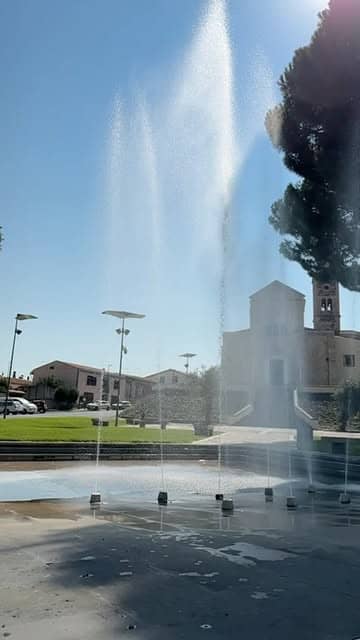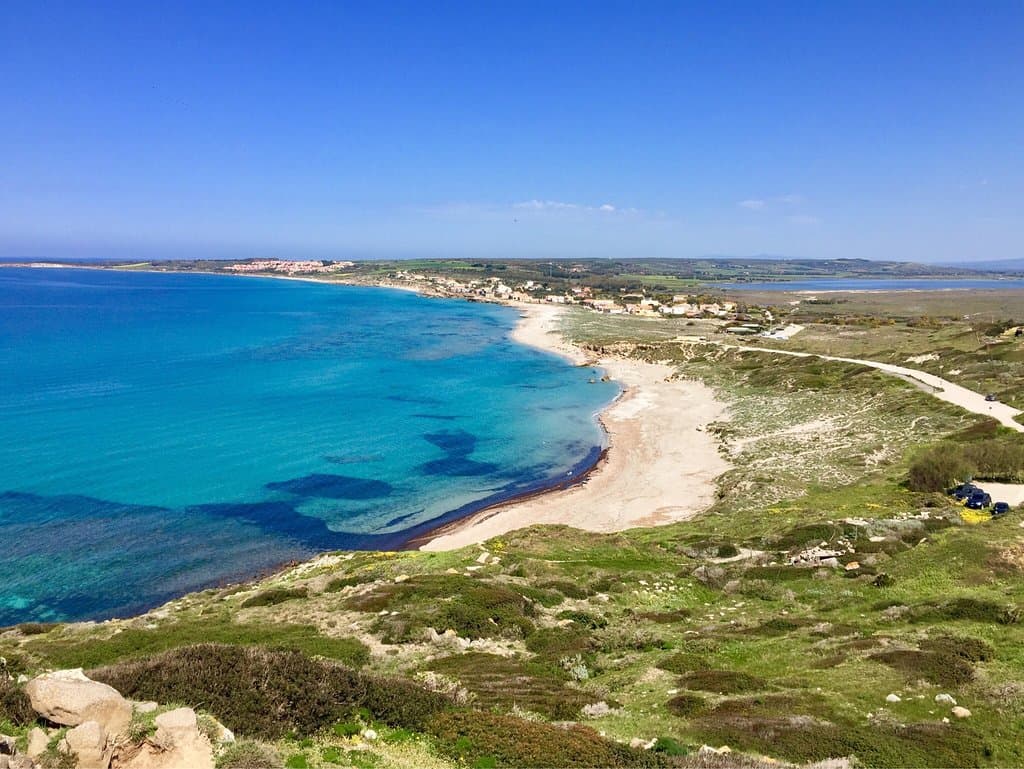Santa Giusta Basilica
A 12th-century Romanesque basilica in Sardinia, showcasing unique Pisano-Romanesque architecture with diverse columns and an intriguing crypt.
Highlights
Must-see attractions

Social
From TikTok & Reddit
Best Time
Enjoy tranquility
Santa Giusta Basilica
Best Time
Enjoy tranquility
Highlights
Must-see attractions
A 12th-century Romanesque basilica in Sardinia, showcasing unique Pisano-Romanesque architecture with diverse columns and an intriguing crypt.
"A small Romanic gem with beautiful interior, diverse columns, and a nice crypt."
📸 Capture the Details
Focus on the unique columns and architectural elements for stunning photos.
⏳ Allow Ample Time
Don't rush; soak in the historical ambiance and intricate details.
Highlights
Discover the most iconic attractions and experiences
Romanesque Architecture
Admire the elegant sandstone structure and the distinct Pisano-Romanesque style, a testament to medieval craftsmanship.
Diverse Columns
Explore the interior and marvel at the variety of columns, each with its own unique design and history.
Crypt Exploration
Descend into the atmospheric crypt, offering a fascinating glimpse into the basilica's ancient foundations.
Plans like a pro.
Thinks like you
Planning Your Visit
Timing Your Visit
Historical Significance
Best Times
Insider Tips
from TikTok, Instagram & Reddit
📸 Capture the Details
Focus on the unique columns and architectural elements for stunning photos.
⏳ Allow Ample Time
Don't rush; soak in the historical ambiance and intricate details.
🎶 Check for Events
Concerts can be a special experience, but check schedules to avoid crowds.
Tips
from all over the internet
📸 Capture the Details
Focus on the unique columns and architectural elements for stunning photos.
⏳ Allow Ample Time
Don't rush; soak in the historical ambiance and intricate details.
🎶 Check for Events
Concerts can be a special experience, but check schedules to avoid crowds.
What Travellers Say
Reviews Summary
The Basilica di Santa Giusta is praised as a beautiful Romanesque gem with significant historical value, particularly noted for its diverse columns and crypt. While some find it less engaging for a 'common tourist,' others appreciate its historical depth and architectural elegance.
"Perhaps it has a great historical value but to a common tourist it is not worth visiting."
Damian Zapart
"The church is a small Romanic gem. The external flooring is being renovated. Beautiful interior, with diverse columns and a nice crypt."
Roby Michelangelo Vota
"The Church of Saint Justa is a beautiful Romanesque church located in Santa Giusta, Sardinia. It was built in the 12th century and is dedicated to Saint Justa, a Christian martyr who was killed in the 3rd century. The church is made of sandstone and has a simple but elegant design. The interior is divided into three naves and is decorated with beautiful frescoes. The church is a popular tourist destination and is well worth a visit if you are in Sardinia."
Josef
What People Like
What People Dislike
Frequently Asked Questions
🚇 🗺️ Getting There
The Basilica di Santa Giusta is located in the town of Santa Giusta, near Oristano in Sardinia. It's accessible by car, with parking likely available nearby. Public transport options might include local buses connecting to Oristano.
Yes, it's a prominent landmark in the town of Santa Giusta and should be relatively easy to locate once you are in the area.
🎫 🎫 Tickets & Entry
Typically, smaller historical churches like Santa Giusta Basilica do not require an entrance fee, though donations are often appreciated. It's best to check locally or look for signage upon arrival.
Opening hours can vary, especially outside of peak tourist season. It's advisable to check for current hours before your visit, as some sources mention missed opportunities due to closures.
Information regarding separate fees for the crypt is not widely available. It's likely included with general access, but confirming on-site is recommended.
📸 📸 Photography
Photography is generally permitted inside churches for personal use, but it's always polite to be discreet and avoid flash, especially during services.
The exterior showcasing its Romanesque facade and the interior highlighting the diverse columns are prime photo opportunities.
🎫 🏛️ Historical Context
The Basilica di Santa Giusta was constructed in the first half of the 12th century, with local and Pisan artisans contributing to its design.
It is a prime example of Romanesque architecture, specifically influenced by the Pisano-Romanesque style, evident in its construction and design elements.
The basilica is dedicated to Saint Justa, a Christian martyr from the 3rd century.
For Different Travelers
Tailored advice for your travel style
👨👩👧 Families with Kids
🏛️ History Buffs & Architecture Enthusiasts
Deep Dives
In-depth insights and expert knowledge
Architectural Marvel: The Pisano-Romanesque Influence
Visitors often remark on the beauty of its simple yet elegant design. The exterior, though undergoing renovations at times, presents a classic Romanesque facade. Inside, the basilica is divided into three naves, supported by a remarkable collection of diverse columns. These columns, likely repurposed from earlier structures, each possess unique capitals and shafts, adding a layer of historical intrigue and visual interest to the sacred space. The overall effect is one of quiet grandeur and historical depth, inviting contemplation and appreciation for the craftsmanship of centuries past.
Exploring the Crypt and Historical Layers
The basilica's historical value is significant, not just for its architecture but also for its dedication to Saint Justa, a Christian martyr. The church's construction around the mid-12th century reflects a period of religious and cultural development in Sardinia. While some visitors might find it less of a 'common tourist' attraction, its historical significance is undeniable for those seeking to understand the region's medieval heritage. The presence of diverse columns within the church further adds to its historical narrative, hinting at the reuse of materials from even older structures, a common practice in medieval construction.



Social
from TikTok, Instagram & Reddit